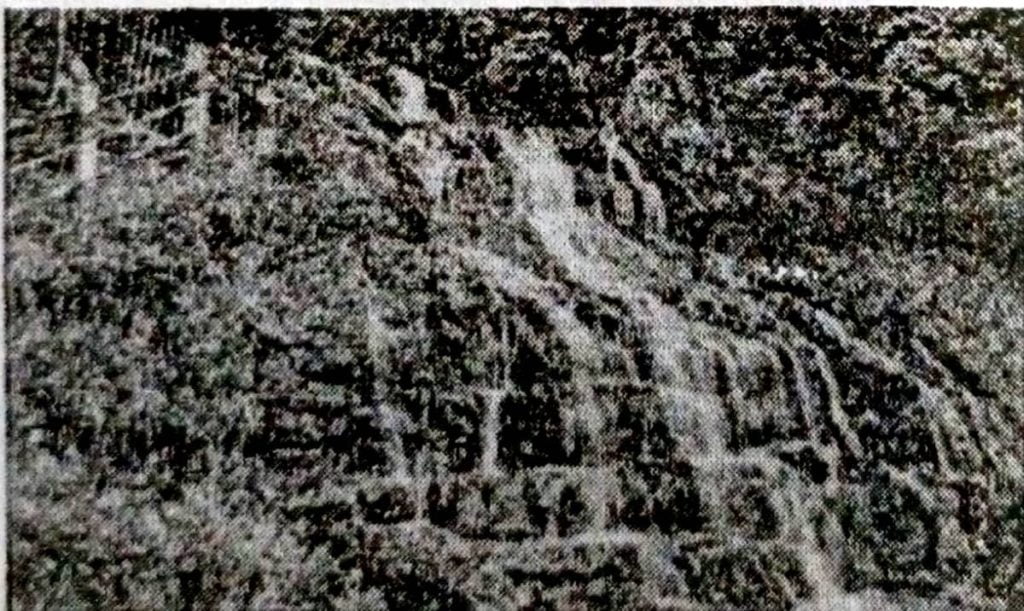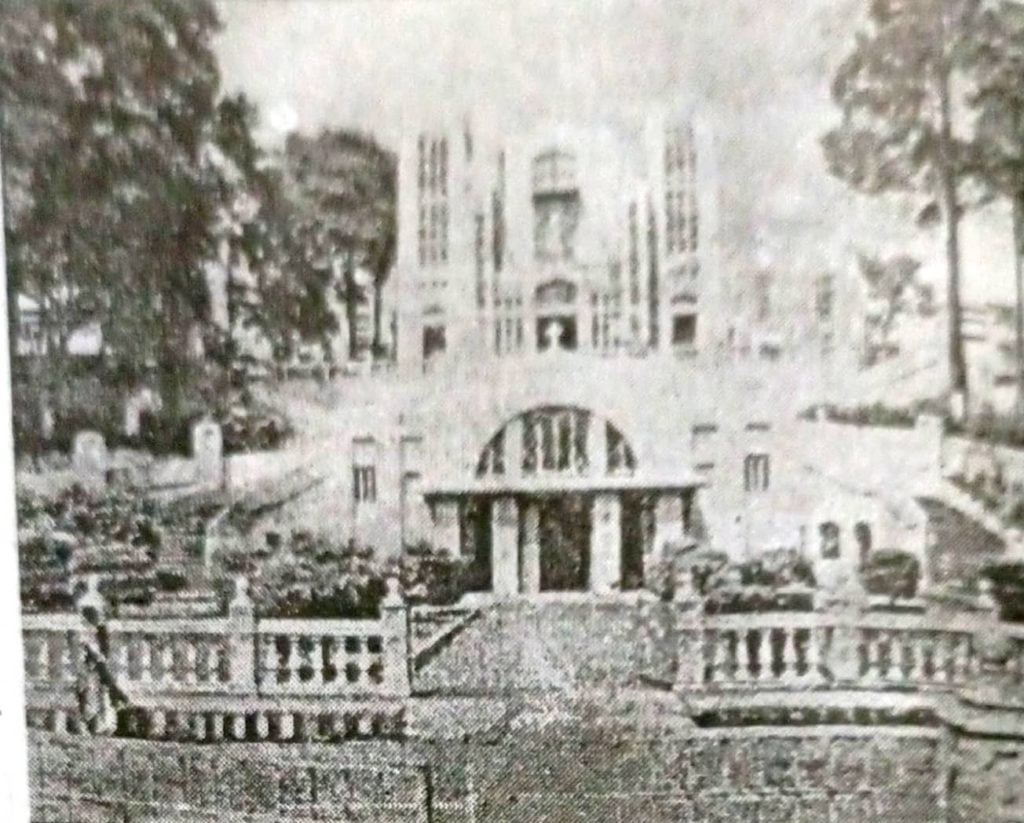SEBA Class 10 English Project Work, HSLC English Project Work SEBA, দশম শ্ৰেণীৰ ইংৰাজী প্ৰকল্প to each chapter is provided in the list of SEBA so that you can easily browse through different chapters and select needs one. Assam Board English Project Work Class 10 SEBA can be of great value to excel in the examination.

SEBA Class 10 English Project Work
HSLC Model Question Paper provided is as per the Latest Assam Board Curriculum and covers all the questions from the SEBA Textbooks. Access the detailed SEBA Class 10 English Project Work provided here and get a good grip on the subject. Access the SEBA Class 10 English Project Work, Class X English Projects of Assamese in Page Format. Make use of them during your practice and score well in the exams.
ইংৰাজী
ENGLISH CORE
PROJECT WORK
1. Imagine, you are a teacher. Write about a day in your life mentioning different interesting, humorous, or sad incidents you witnessed. Pictures may be added, if possible, to the presentation.
2. Collect information about a tourist spot- its special attractions, connectivity, accommodation facilities, etc. You can consult any travel book, visit websites to collect information, pictures, etc.
3. Students will be asked to read a story book/ novel/ blography/ travelogue, etc. in English at home and write a brief account of it in about 100 words mentioning the title, the author, publisher and the subject matter.
4. Students will be asked to report in writing in about 100 words a real event (festival, celebration/ observance of an important day, etc.) that has happened in their locality.
PROJECT WORK
1. Imagine, you are a teacher. Write about a day in your life mentioning different interesting, humorous, or sad incidents you witnessed. Pictures may be added, if possible, to the presentation.
Ans. I am a school teacher by profession. I teach Mathematics to the students of classes VI, VII and VIII at a village school. I very much enjoy teaching the school children. Everyday at school is a new one for me. I take teaching as a challenge. I still remember 8th November, 2013 as a memorable day in my teaching career.
That day, I reached school 10 minutes late. The District Elementary Education Officer (DEEO) Mr. Choudhary paid a sudden visit to our school. The DEEP checked our attendance register and put ‘X’ mark against the teacher who did not turn up on time.
The DEEP asked me to explain why I was late. I explained that my bi-cycle had a puncture and I had to waste some time in repairing the puncture.
That day, I took up a new chapter of mathematics to teach. In the first class, I called the rolls and found out that a student gave a proxy response to the roll call. I made the student keep standing for 5 minutes as a positive measure.
One interesting incident occurred that day. I took up a special extra class for the slow learners every Friday. A supposed slow learner stood up and showed a medal he won in a mathematics olympiad at the state level and he expressed his gratitude to me. I was very happy and tears of happiness rolled down my checks.
That, it was a memorable day for me.
2. Collect information about a tourist spot- its special attractions, connectivity, accommodation facilities, etc. You can consult any travel book, visit websites to collect information, pictures, etc.
Ans :- Introduction: There are innumerable tourist spots in Assam, the North-East Region, India, and the World. One such tourist spot Shillong, the capital of Meghalaya and home to the Khasis. It is a hilly station situated at an average attitude of 4,908 feet above the sea level. According to 2011 census, the city had a population of 314,610.
How to reach there:
Shillong is not very far from Guwahati. Private and government buses, taxis, etc. ply between Guwahati and Shillong everyday.
Shillong is well conducted by roads with all major North-Eastern states. National Highways 40 connects Shillong to Guwahati and National Highway 44 connects Shillong to Tripura and Mizoram.
Place of Interest :

Elephant Falls :
It is about 12 kms. away from Shillong. The mountain stream descends through two successive falls and attracts the visitors.
Ward’s Lake :

It is an artificial lake with sprawling garden and boating facility. It is in the heart of Shillong.
Shillong Peak :

It is the highest point, about 1965 m. above the sea level, in the state. It is an ideal picnic spot which offers a panoramic view of the scenic countryside. In the evening, the city lights below appear like a star-studded abyss.
State Museum :

It is located at the State Central Library Complex. The visitors can a glimpse of the life-style and heritage of the people.
Cathedral of Mary Help of Christian :
It is situated in the Don Bosco Square. It attracts devotees and visitors.
Educational Institutions :

Shillong is fast emerging as an education hub of the Notrh-eastern region. Important educational Institutes like the Notrh-Eastern Hill University (NEHU), Martin Luther Christian University, Indian Institute of Management, National Institute of Technology (Shillong), Institute of Hotel Management (IHM), National Institute of Fashion Technology (Shillong), North Eastern Indira Gandhi Regional Institute of Health and Medical Sciences, St. Edmund’s College (Shillong) and other Institutions have been established here.
Tourism :
Since British rules, tourism has been flourishing in Shillong. Shillong has been a destination of the tourists because of its natural beauty and comfortable climate. Many tourists spots are developed in and around Shillong.
Availability of a number of good hotels and restaurants, taxis,motorable roads, markets, etc. have made Shillong an attractive destination for the tourists.
The flow of the Indian and foreign tourists to Shillong has helped the local people in earning their livelihood and strengthened the economy of Meghalaya.
3. Students will be asked to read a story book/ novel/biography/ travelogue, etc. in English at home and write a brief account of it in about 100 words mentioning the title, the author, publisher and the subject matter.
Ans : During the last puja vacation, I picked up a small story book in English named Robinson Crusoe from our small home library. The adventure story “Robinson Crusoe” that I picked up this time is an abridged and adapted version of the long novel. It is originally written by Daniel Defoc. It is retold is simpler English by Mary Calvert and is published by the Macmillan Company of India.
The book tells us the story of Robinson Crusoe, a sailor, who landed on an unknown, uninhabited island alone after a ship-wreck. All his companions died in the sea. It gives a thrilling account of how he had to do everything for himself to stay alive. He reared goats for meat, engaged himself in farming, made dresses out of goat-skin, fought against the savages coming from other islands, until he was rescued by a ship and taken to England after a lonely life of thirty five years.
4. Students will be asked to report in writing in about 100 words a real event (festival, celebration/ observance of an important day, etc.) that has happened in their locality.
Ans : Our house stands on lane no. 3 in the Shankar Nagar area near Rehabari, Guwahati. The lane accommodates thirty two families of lower middle class and we like a compact society in complete harmony. Every year we celebrate various religious and social functions with contributions from every family.
Last month on 28th of January we celebrated “Saraswati Puja” to propitiate the goddess of learning. We, the school and college students of our lane did all the preparations under the guidance of a few elders. We collected donations from every family, raised a temporary structure with bamboo and thatch, placed orders for an idol of the goddess and bought the items/things as per the list given by the priest. On the eve of the Puja we brought the idol and placed it on the altar. On the Puja day, we offered ‘anjali’ to the goddess as instructed by the priest. Then we had ‘Prasad’ followed by a light meal of ‘Khichdi’ and sweet dishes. With this, the celebration of the ‘Puja’ came to an end.

Hi, I’m Dev Kirtonia, Founder & CEO of Dev Library. A website that provides all SCERT, NCERT 3 to 12, and BA, B.com, B.Sc, and Computer Science with Post Graduate Notes & Suggestions, Novel, eBooks, Biography, Quotes, Study Materials, and more.


